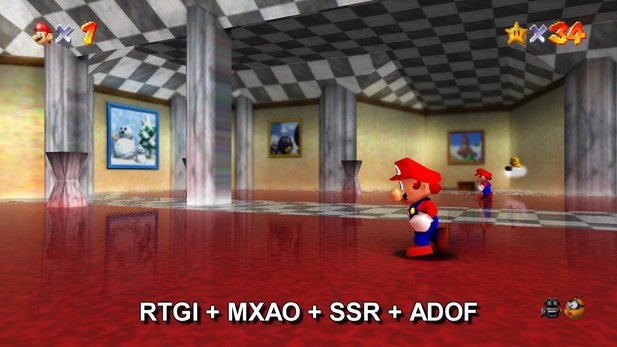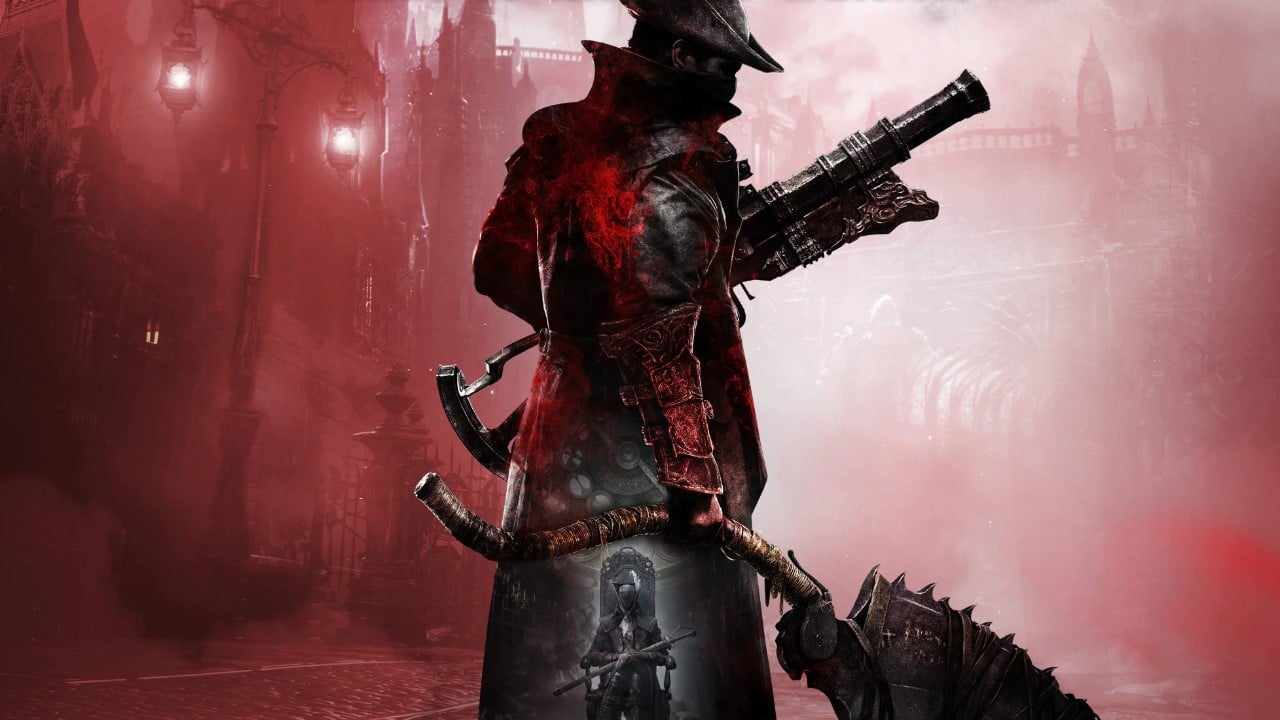
In 1996, Super Mario 64 by legendary game developer Shigeru Miyamoto saw the light of day for the Nintendo 64. It was the first game in the successful series that relied on three-dimensional gameplay (3D). In spite of all the innovations, nobody thought even remotely at that time was real-time beam tracking and global lighting in games.
It's different today: 24 years after the release, the YouTube channel »Unreal« shows what the platform with ray tracing looks like:
Particularly striking is the reflective floor from minute 0:35, which would have been completely unthinkable almost two and a half decades ago. Even if you look at the look and thus the ray tracing effects of age, the implementation knows how to impress.
How does ray tracing come in Super Mario 64?
Of course, Unreal does not use an upgraded Nintendo 64. Surprisingly, it should be that the Youtuber does not even use – as you might think – Nintedo 64 emulation software. He uses one unofficial PC port from the fan base
At this point it should be expressly mentioned that it is unclear to what extent such a PC port encounters legal opposition from Nintendo. In any case, distribution should not be in the company's interest. Unreal even clearly points out that he is out "Obvious reasons" cannot issue a download link.
more on the subject
What does RTX mean? The main raytracing terms explained
As far as ray tracing is concerned, it is not "real" ray tracing in the sense of the elaborate rendering equation, such as is achieved via Nvidia's RTX-2000 Turing architecture, but only effects that work with "Pascal Gilcher's ReShade Ray Tracing Shader" (Ray Traced Global Illumination, RTGI) can be added later.
Nevertheless, RTGI gives a good impression of how Super Mario 64 could look with modern ray tracing.
In addition to RTGI, other lighting technologies such as MXAO (Ambient Obsurance with Indirect Lighting), SSR (Screen-Space Reflections) and ADOF (Advanced Depth of Field) are used.









